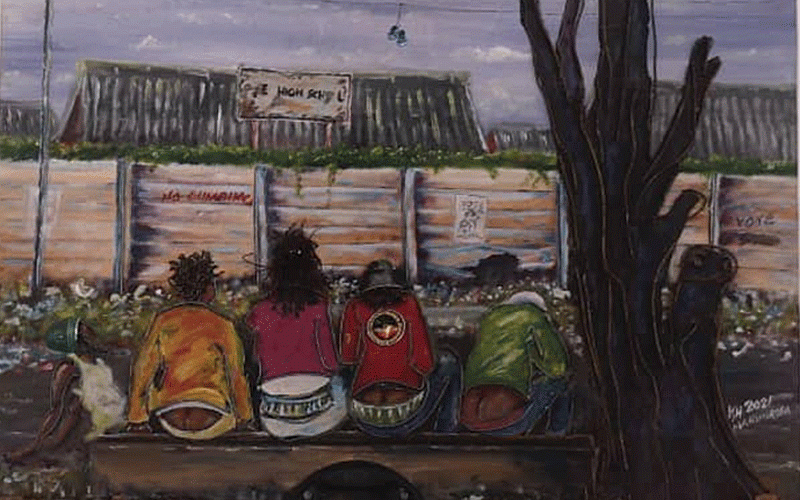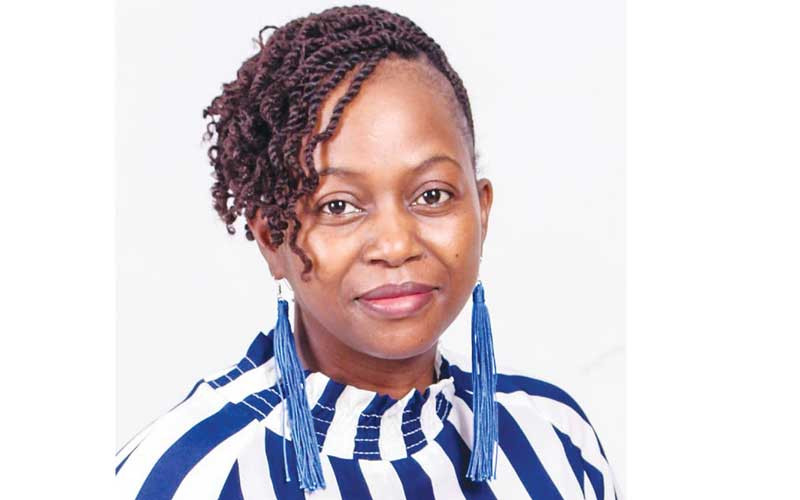
A FEW days after the National Gallery in Bulawayo brought the curtain down on the Climate Change Exhibition, Ishmael Marimirofa was granted a chance to stage a one-month solo exhibition titled Once Upon a Time; A Nostalgic Feeling.
Affectionately known as “The Artist”, Marimirofa is a visual artist and wire sculptor who focuses on recycling discarded objects in an effort to keep the environment clean.
He told Newsday Life & Style that there was a certain stereotypical understanding of art held by people, forgetting that art, in its form, is an expression of an original world drawn from the perception and mind of the artist.
“My artistic expression is nothing if it is not unique — a story-telling in both concept and delivery. Once Upon a Time literally translates to paivepo in Shona — the beginning of a narrative that tells a story of chronological events and, more importantly, bears a lesson. In many, if not all cultures, story-telling is a tool used to teach principles of life, especially to children. It is the original version of edutainment,” he explained to NewsDay Life & Style.
“As we share the art that is exhibited, you will understand it in your own way, interact with it in a personal way and interpret it individually. You will have as many stories for each piece as there are people present. That is the beauty of the ability to impact each person in his or her own way.”
Marimirofa argued that storytelling is one of the most effective ways of passing on knowledge of tangible and intangible cultural heritages.
He noted that linking teachings on climate and environment to day-to-day living through clear memorable messages helps build knowledgeable communities.
“As I worked on each piece, I had my own story behind it. My own meaning. The theme of this exhibition was motivated by a desire to remind us of the beauty of our cultural past. I wanted to tell a story of the value of what we had and bring past and present together for us to enjoy,” he said.
- Curtain comes down on Climate Change Exhibition
- Marimirofa in Once Upon a Time exhibition
Keep Reading
“My choice of medium is very telling of the conscientiousness of the artist. Taking items that have been discarded as litter or garbage, and using them to express a present situation, and sometimes, a hoped-for future.
“In an interesting and novel way, I'm trying to tell viewers how the past is ever present in our todays and tomorrows, however much we may choose to ignore it and fail to acknowledge its value. It may be past to our eyes, but it will ever be present in our being because it is the foundation on which we have been built.
“This exhibition runs for a month, giving everyone an opportunity to engage with it several times intimately and personally. It is at that level that art is capable of held by not only attracting our appreciation, but also provoking our analysis and introspection.”
Marimirofa said visual art possesses a unique power of uniting civilisations by building a common understanding.
“Challenges that I face as an artist is lack of art appreciation from the local market or institutions. As an artist I expect our work to be appreciated by local corporates first, especially if it has to do with some awareness campaigns like most artists are working on,” he said.
“This is indeed another beauty of art — it’s ability to provoke without causing harm, to question the norm without disturbing the peace, and to cause personal change without external discussion. It is a language in its own right — unlimited and unfettered by words, and given broad expression by the number of eyes which see it, the number of minds which interrogate it and the number of emotions it provokes.
He continued: “So, viewers I encourage you all to be vulnerable as you tour this exhibition. As vulnerable as I was in expressing myself. Open your hearts and minds to engage with what your eyes will see. Allow the pieces to talk to you as you talk to them in turn, for it is through that process that you can engage with my inspiration and form your own thoughts.”
Marimirofa begged tourism and hospitality stakeholders to open their eyes wider and consider visual artists like any other art form designed to give pleasure.
He said a great deal of the pleasure was not limited to observing the skill and talent of the artist but from silent awareness that we have the freedom to understand each piece the way we choose, and thus take emotional ownership of it.
“I appeal to the corporate industry to support local artists, especially when they approach them for assistance to hold exhibitions and awareness campaigns. Most exhibitions are half-baked due to lack of resources and artists end up frustrated.
“Artists have so many ideas, but they are not being heard when they present their exhibition proposals to the corporate world in order to get assistance. For instance, the World Tourism Day is an event that should see many visual artists taking part, but they cannot afford it on their own.”
He added that “an artist whose inspiration is driven or motivated by money is not different from a legislator who is driven by his or her belly rather than empathy for their constituency”.
Follow us on X @NewsDayZimbabwe







